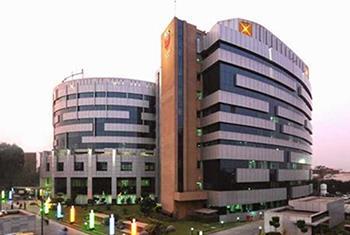The Objective of Robotic Spine Surgery
Robotic spine surgery is a cutting-edge and beneficial procedure for individuals with severe diseases or disorders of the spine. Patients who have significant back problems that prevent them from leading normal lives and carrying out daily tasks may be candidates for surgery.
In cases where other treatments, like medication and physical therapy, are not effective, it is typically regarded as a last resort.
Conditions that the treatment can address include:
Scoliosis
A muscular disorder associated with problems with the spine or nervous system is scoliosis. Most often, it affects kids between the ages of 10 and 14. There are various ways in which an aggressive spinal curvature affects the spine.
Degenerative Disc Disease
Back and neck pain that is severe can be caused by degeneration of the spinal discs in the spine. Additionally, it may result in excruciating pain and numbness in the legs and arms.
Herniated Disc
Much like in degenerative disc disease, herniation or rupture of the spinal disc occurs frequently.
Kyphosis
A disorder that impacts the lumbar, cervical, or upper back. There are several different types of this complex deformity, including Postural Kyphosis, Traumatic Kyphosis, Neuromuscular Kyphosis, Congenital Kyphosis, Degenerative Kyphosis, Osteoporosis-related Kyphosis, and a few others.
Spondylolisthesis
The patient’s vertebra slides forward into the bone beneath it in this condition. It can compress the spinal cord or the nerve roots and typically affects the lower spine. Severe back pain and weakness or numbness in the legs result from this.
Robotic spine surgery is a suitable treatment for these conditions that can assist patients from abroad in improving their quality of life. Robotic spine surgery is a top-notch, reasonably priced treatment option available in India. There are more similar circumstances where Robotic surgery may be used which include:
- Coronary artery bypass
- Gallbladder removal
- Hip replacement
- Hysterectomy
- Kidney removal
- Kidney transplant
- Mitral valve repair
- Pyeloplasty
- Pyloroplasty
- Radical prostatectomy
- Tubal ligation
It’s crucial to remember that not all spine surgeries can be carried out with robot support. After carefully weighing the possible risks and benefits, a surgeon skilled in robotic spine surgeries can assist in determining whether the patient’s underlying condition can be treated with robotic surgery.







